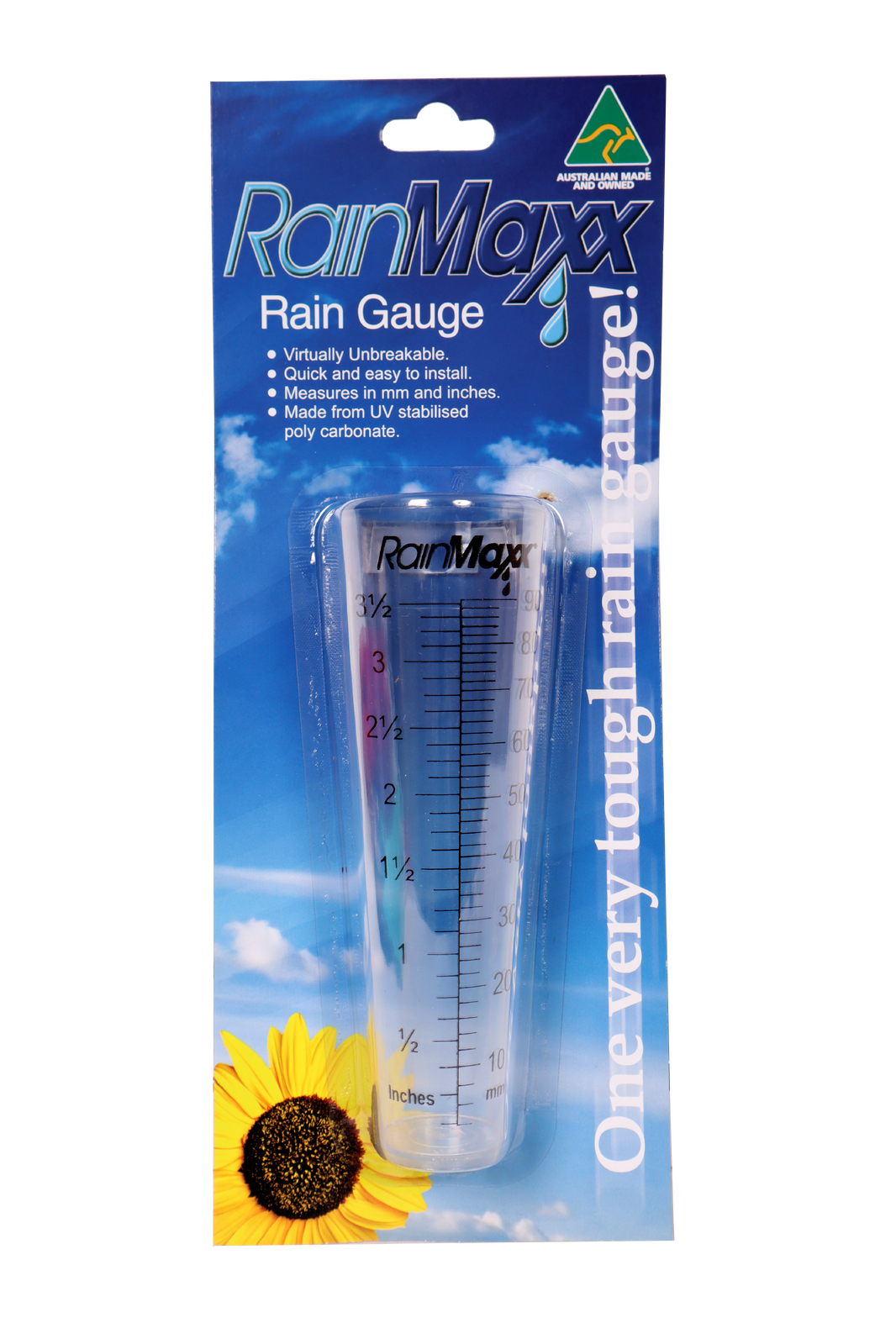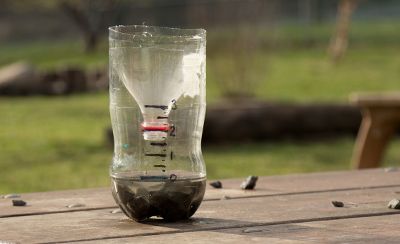Revealing the Science Behind Rainfall Determines: How These Tools Play a Vital Duty in Climate Study and Environmental Monitoring
Rainfall assesses, apparently straightforward tools, hold an extensive relevance in the realm of climate research study and ecological surveillance. These humble instruments silently gather one of nature's most necessary aspects-- rainfall. Yet, behind their unpretentious facade exists an intricate scientific research that is essential for understanding the characteristics of our atmosphere. As we peel off back the layers of this clinical veil surrounding rain gauges, we uncover a globe where accuracy, data accuracy, and careful observation merge to reveal a much deeper understanding of our altering climate and its influence on the earth.
Importance of Rainfall Gauges
Rain evaluates play an essential function in monitoring and determining rainfall levels, supplying important information for environment research and analysis. These gadgets are fundamental in evaluating the amount of rainfall that happens in a certain location over a certain period. By collecting and determining rainwater, rainfall gauges deal important understandings into the distribution and strength of rainfall, aiding meteorologists, hydrologists, and climatologists in understanding weather patterns and trends.
Additionally, lasting data collected from rain assesses aids in evaluating climate modification effects and patterns, adding dramatically to scientific research study and decision-making processes. In essence, rain determines offer as important devices in the field of weather forecasting and environmental science, playing a crucial role in progressing our understanding of climate and environment characteristics.
Kinds Of Rain Scales

Capability and Operation
In the world of climate research study and meteorological studies, the efficiency of rainfall gauges lies in their complex functionality and exact functional devices. Rain determines are developed to precisely determine the quantity of rainfall that drops over a certain area during a set period.
The functionality of rainfall evaluates is based upon the concept of collecting and measuring rain in a standard way. This accumulated data is vital for comprehending neighborhood weather patterns, tracking long-lasting climate patterns, and assessing ecological effects. To make sure accurate dimensions, rainfall assesses requirement to be strategically positioned in open areas far from blockages such as buildings or trees that could conflict with the collection process.
The operational facet of rainfall assesses includes regular upkeep to stop debris accumulation, calibration checks to preserve dimension accuracy, and information taping for evaluation (rain gauge). On the whole, the functionality and operation of rain evaluates are vital for collecting dependable rainfall data vital to environment study and ecological monitoring
Role in Climate Study
Given the critical importance of precise precipitation dimensions in comprehending weather condition patterns and ecological effects, the duty of rain assesses in climate study is indispensable. Rainfall assesses supply important data for environment research study by quantifying the quantity of rainfall that drops over a certain location throughout a provided period. This data is important for monitoring long-term fads in precipitation patterns, examining the effect of environment modification on rainfall distribution, and enhancing climate designs.

Climate scientists use data accumulated from rain evaluates to examine variations in precipitation degrees, identify regional environment fads, and assess the performance of water source monitoring strategies. read this post here By contrasting historic rainfall information with existing measurements, researchers can identify shifts in precipitation patterns, such as modifications in the frequency or intensity of rainfall occasions. This info is essential for understanding how environment modification is influencing rainfall characteristics and can assist policymakers make notified choices relating to adjustment and reduction techniques.
Applications in Ecological Tracking

In flooding Get More Info forecasting, rainfall gauge data helps to track rains strength and distribution, permitting authorities to release timely cautions and take needed measures to alleviate flooding threats (rain gauge). Drought monitoring relies on rain scale information to examine wetness degrees in the dirt and track rainfall shortages, assisting in the identification of drought-prone areas and the execution of drought response strategies
Additionally, rain gauge data plays a vital function in water resource administration by offering information on water accessibility and usage patterns. This information is utilized to make informed choices regarding water allotment, conservation procedures, and sustainable water source preparation. Furthermore, in agriculture, rain scale information assists farmers in enhancing watering schedules, crop choice, and overall ranch administration methods based upon local precipitation patterns. Overall, rain assesses are important tools in More Info environmental surveillance, offering important understandings that add to notified decision-making and sustainable source monitoring.
Conclusion
In verdict, rainfall evaluates are important devices for determining precipitation, supplying valuable data for environment research and ecological tracking. With different kinds and functionalities, rain determines play an essential role in recognizing precipitation patterns and their influence on the setting. By properly determining rainfall, these tools add to the advancement of scientific understanding and help in making informed decisions pertaining to water resource monitoring and catastrophe preparedness.
Rainfall evaluates play a vital role in monitoring and measuring precipitation degrees, providing necessary data for climate research study and evaluation. The standard rainfall scale, recognized as the "tipping pail" gauge, is one of the most commonly utilized devices. Ultrasonic rainfall assesses use audio waves to identify the visibility of rain, supplying real-time information on rainfall levels.Climate scientists use information gathered from rainfall evaluates to analyze variations in rainfall degrees, determine local environment patterns, and evaluate the effectiveness of water resource management methods.In verdict, rainfall gauges are crucial devices for measuring rainfall, giving valuable information for climate research and ecological monitoring.